
The world of cinema recently mourned the passing of a true titan, Robert Redford, who died on September 16, 2025, at the age of 89. An acclaimed Oscar-winning director, a dedicated activist, and the visionary founder of the Sundance Film Festival, Redford’s remarkable life and career spanned decades, leaving an indelible mark on Hollywood and beyond. His journey was one defined by an extraordinary talent, a discerning eye for impactful storytelling, and an undeniable charisma that captivated audiences worldwide.
From his early days as a dashing young actor to his later years as a revered director and independent film advocate, Redford consistently pushed boundaries and inspired generations. His legacy is not just in the multitude of iconic roles he brought to life on screen, but also in the profound influence he wielded behind the camera, shaping the landscape of American independent cinema. This commemorative article takes us on a journey through some of the most memorable moments and pivotal projects from his unparalleled career.
Join us as we revisit the photographs and stories that encapsulate the essence of Robert Redford’s brilliance. We’ll trace his evolution from a promising newcomer to an undisputed legend, celebrating the roles, relationships, and groundbreaking achievements that defined a singular career. This is a tribute to a man who, in every facet of his professional life, epitomized the best of Hollywood, always with an eye toward authenticity and artistic integrity.
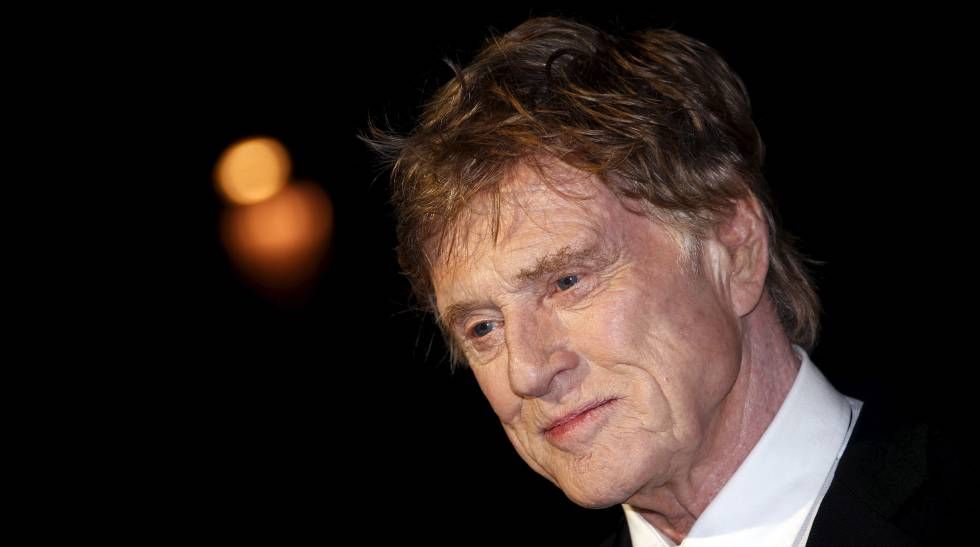
1. Early Beginnings: From Television Guest Roles to ‘War Hunt’ (1962)
Before he became a household name on the silver screen, Robert Redford honed his craft in the burgeoning world of television. He graced episodes of popular series like “Alfred Hitchcock Presents” and “The Twilight Zone,” showcasing an early versatility that hinted at the profound talent to come. These guest roles allowed him to develop his dramatic chops and gain valuable experience in front of the camera, setting the stage for his eventual transition to feature films. They were crucial foundational steps for a young actor carving out his niche in a competitive industry.
His true big-screen credit arrived with the 1962 film “War Hunt,” marking a significant milestone in his nascent career. In this drama, Redford not only headlined the film but also shared the screen with John Saxon and his future frequent collaborator, Sydney Pollack. Remarkably, “War Hunt” was also Sydney Pollack’s feature film debut, foreshadowing a creative partnership that would yield some of cinema’s most beloved works. It was a humble beginning for what would become an extraordinarily illustrious career.
Following “War Hunt,” Redford continued to build his filmography, starring alongside Natalie Wood in the 1965 drama “Inside Daisy Clover.” This role further demonstrated his ability to hold his own opposite established stars, portraying characters with depth and nuance. His early film choices indicated a thoughtful approach to his career, leaning towards roles that offered substance and a chance to develop his craft rather than just chasing immediate stardom.
These initial years were pivotal in shaping the actor Robert Redford would become, laying the groundwork for the iconic performances and directorial triumphs that lay ahead. They illustrate a journey marked by steady growth and a clear dedication to the art of storytelling, establishing his presence in an exciting era of Hollywood filmmaking. His commitment to quality work was evident even in these foundational projects.
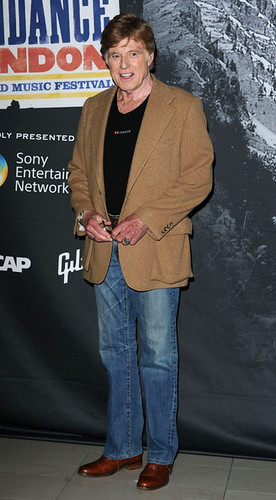
2. **Broadway Success and First Collaborations: ‘Barefoot in the Park’ (1963 play) and ‘The Chase’ (1966)**
Robert Redford’s career wasn’t solely built on film; his Broadway roots were just as significant. On October 23, 1963, he appeared backstage on opening night of the comedy play “Barefoot in the Park” in New York, a production directed by the acclaimed Mike Nichols. Here, he shared the stage with Elizabeth Ashley and Kurt Kaznar, cementing his reputation as a formidable theatrical presence. This successful run on Broadway not only garnered him critical attention but also paved the way for the play’s subsequent film adaptation, further elevating his profile.
His stage success soon translated into more prominent film roles, leading to a significant collaboration in the 1966 prison break drama, “The Chase.” In this film, Redford found himself sharing the screen with the legendary Marlon Brando, a true titan of acting, and, notably, collaborated with Jane Fonda for the very first time. This pairing with Fonda would prove to be incredibly fruitful, sparking a cinematic chemistry that audiences adored and that would be revisited in future projects, showcasing Redford’s ability to create powerful on-screen relationships.
Just one year after their initial collaboration in “The Chase,” Redford and Fonda reunited for the film adaptation of “Barefoot in the Park” in 1967. This film brought Neil Simon’s popular play to the big screen, with Redford reprising his stage role. They portrayed a young married couple whose passionate relationship faces challenges in their fifth-floor walk-up New York City apartment, a scenario that allowed their undeniable on-screen dynamic to truly shine. The film became a beloved romantic comedy and solidified their status as a compelling duo.
These early collaborations were instrumental in establishing Redford’s leading man status and his knack for creating memorable on-screen partnerships. From the intense drama of “The Chase” to the charming romance of “Barefoot in the Park,” these roles demonstrated his versatility and confirmed his rising star power. His ability to work effectively with strong co-stars and directors proved to be a consistent hallmark of his illustrious career, laying the groundwork for even greater triumphs.
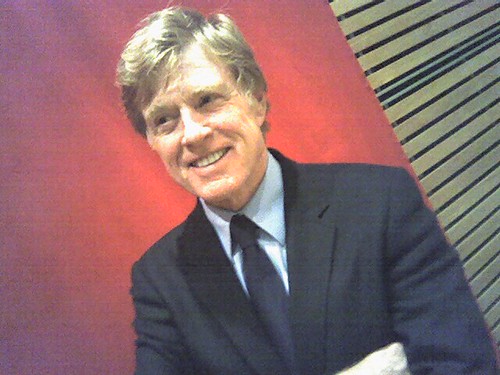
3. The Star-Making Western: ‘Butch Cassidy and the Sundance Kid’ (1969)
For many, Robert Redford truly broke out and became a bona fide superstar with the 1969 Western, “Butch Cassidy and the Sundance Kid.” This film paired him with the equally charismatic Paul Newman, creating one of Hollywood’s most iconic duos. Redford played the role of the Wild West outlaw, the Sundance Kid, bringing a blend of stoicism, charm, and underlying vulnerability to the character that instantly resonated with audiences. The film was an instant classic, redefining the Western genre for a new era.
“Butch Cassidy and the Sundance Kid” wasn’t just a critical darling; it was a massive hit at the box office, captivating moviegoers with its engaging story, witty dialogue, and the undeniable chemistry between Redford and Newman. The film’s success was further underscored by its impressive haul at the Academy Awards, where it went on to win four Oscars. These accolades highlighted its artistic merit and its significant impact on popular culture, making it a benchmark film of the era.
The enduring image of Redford and Newman together, whether on the run or simply sharing a moment of camaraderie, became emblematic of the film’s charm. Their natural rapport made the outlaw protagonists both relatable and incredibly endearing, transforming what could have been a simple Western into a poignant tale of friendship and adventure. The film’s blend of humor, action, and pathos was revolutionary, propelled by their unforgettable performances.
Redford’s portrayal of the Sundance Kid cemented his image as a rugged yet intellectual leading man, capable of both action and nuanced emotional performances. This role not only launched him into the stratosphere of Hollywood stardom but also established a template for the kind of complex, charismatic characters he would often choose throughout his career. It’s a performance that remains as fresh and captivating today as it was over five decades ago, a testament to his timeless appeal.
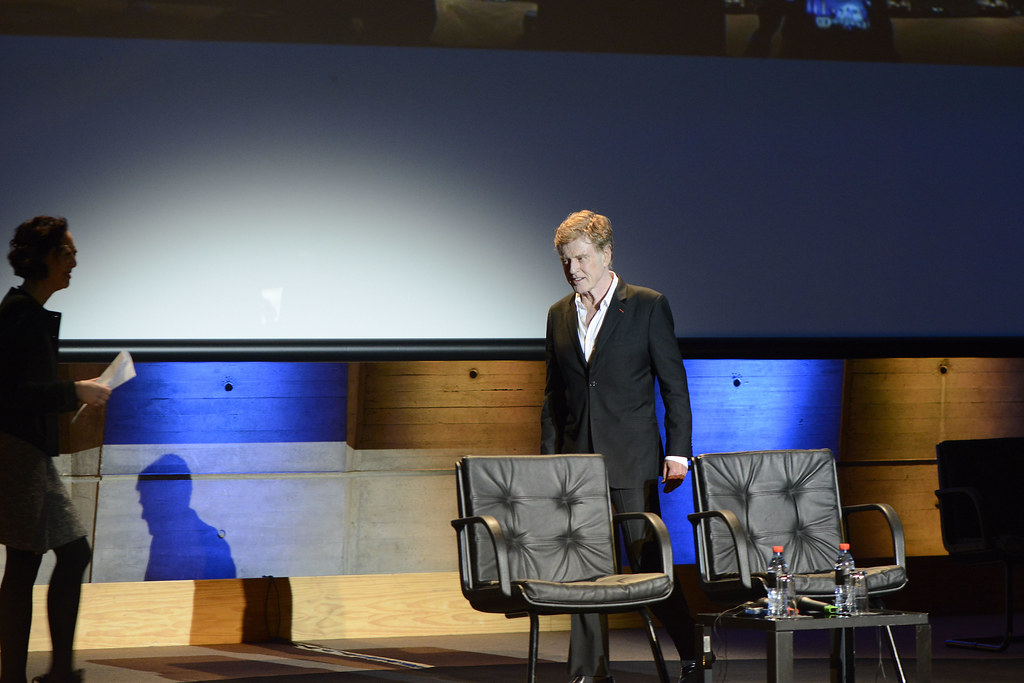
4. A Year of Depth and Direction: ‘The Candidate’ and ‘Jeremiah Johnson’ (1972)
The year 1972 proved to be a landmark for Robert Redford, showcasing his remarkable range and his burgeoning interest in socially relevant storytelling. He starred in “The Candidate,” a sharply-observed political comedy-drama that captured the cynical underbelly of American politics. Redford’s portrayal of an unwilling Senate candidate who, against all odds, manages to go the distance, was both insightful and critically acclaimed. The film’s biting commentary on political ambition resonated deeply, earning it the Best Original Screenplay Oscar, a testament to its poignant script and Redford’s compelling performance.
In the same year, Redford dramatically shifted gears to portray the rugged mountain man Jeremiah Johnson in Sydney Pollack’s Western of the same name. This collaboration with Pollack further solidified their creative partnership, allowing Redford to explore a character steeped in the wilderness and a narrative focused on survival and solitude. “Jeremiah Johnson” was a significant film for the genre, notably becoming the first Western to play in competition at the prestigious Cannes Film Festival. This selection underscored its artistic quality and its departure from traditional Western tropes, showcasing a more introspective and gritty portrayal of frontier life.
The Cannes Film Festival also provided a platform for Redford to celebrate the film alongside director Sydney Pollack and his then-wife Lola. Photos from May 7, 1972, capture Redford, his wife Lola, and Sydney Pollack at the presentation of “Jeremiah Johnson” in Cannes, France. Another image from May 6, 1972, shows Redford and director Sydney Pollack at the festival before the film’s presentation, highlighting the collaborative spirit and personal connections that often underpinned his projects. These moments captured the excitement and international recognition the film received.
These two contrasting roles in 1972 underscored Redford’s ability to seamlessly transition between genres and deliver powerful performances, whether in a nuanced political satire or a raw wilderness epic. It was a year that solidified his reputation not just as a leading man, but as a serious actor committed to compelling narratives that often reflected deeper societal questions. His choices demonstrated a growing maturity and an artistic ambition that would define the rest of his career.
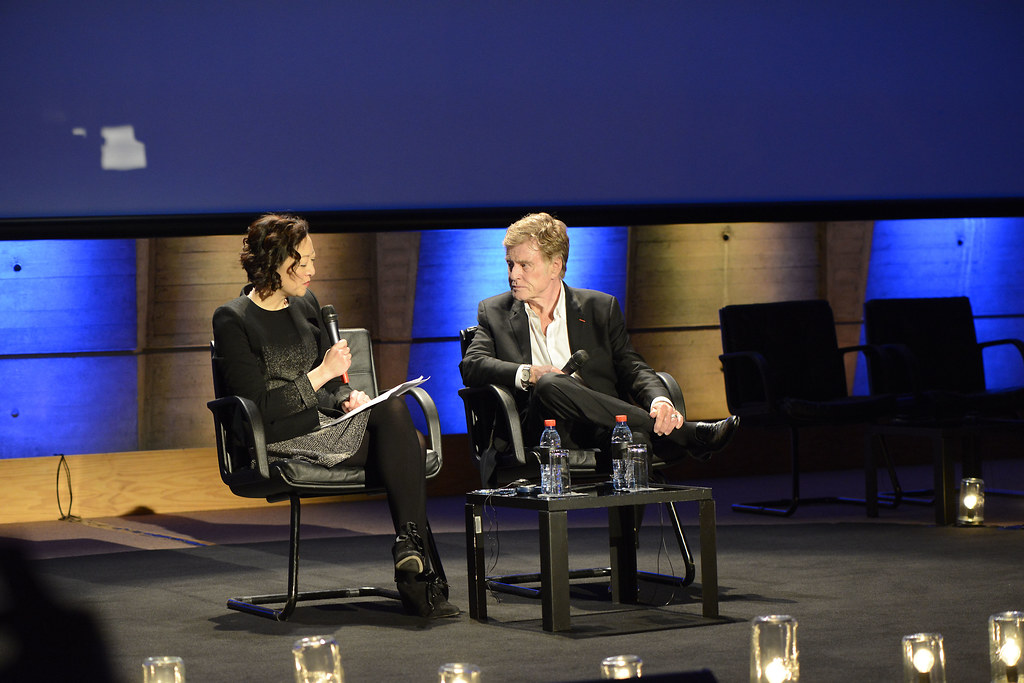
5. The Masterful Con Man: ‘The Sting’ (1973)
Hot on the heels of his successful 1972, Robert Redford reunited with his “Butch Cassidy” co-star Paul Newman and director George Roy Hill for the 1973 crime caper, “The Sting.” This film plunged audiences into the intricate world of con artists in 1930s Chicago, with Redford delivering a captivating performance as Johnny Hooker, a streetwise grifter out for revenge. The film was a masterclass in storytelling, celebrated for its complex plot, stylish direction, and unforgettable twist ending, instantly becoming a cinematic phenomenon.
“The Sting” was an undisputed critical and commercial triumph, garnering widespread acclaim and dominating the Academy Awards. It famously won seven Oscars, including the highly coveted Best Picture and Best Director awards. This overwhelming success further cemented Redford’s status as a top-tier actor, capable of driving major Hollywood productions. The film’s intricate plot and the sheer fun of watching the elaborate con unfold captivated millions, making it a perennial favorite for decades to come.
Redford’s portrayal in “The Sting” was particularly noteworthy, earning him his first Best Actor nomination at the Academy Awards. His performance as Hooker perfectly balanced charm, vulnerability, and a simmering intelligence, making his character both empathetic and cunning. The chemistry between Redford and Newman was, once again, electric, proving that their partnership was a golden combination that audiences simply couldn’t get enough of. Their on-screen dynamic elevated the film beyond a simple crime story.
“The Sting” remains a classic, a benchmark for caper films, and a testament to the power of a well-told story brought to life by exceptional talent. Redford’s contribution to its success was immense, showcasing his command of complex roles and his ability to contribute to films that left a lasting cultural footprint. It was a pivotal moment in his career, confirming his place among Hollywood’s elite leading men and demonstrating his ability to excel in commercially successful yet critically revered projects.
Read more about: Beyond Blockbusters: 10 Visionary Directors Who Redefined Cinema in the 1970s, And Whose Films Still Captivate Audiences Today.
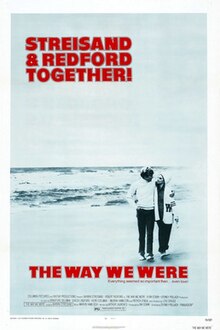
6. Soulful Heartthrob and Romantic Icon: ‘The Way We Were’ (1973)
In the very same year that saw him earn an Oscar nomination for “The Sting,” Robert Redford captivated audiences in a completely different genre, starring opposite Barbra Streisand in Sydney Pollack’s romantic drama, “The Way We Were.” This film explored the tumultuous relationship between two immensely different people – a politically passionate activist played by Streisand and a charming, apolitical writer played by Redford. Their on-screen romance became one of cinema’s most iconic and enduring love stories.
Redford’s portrayal in the film was instrumental in cementing his status as a soulful heartthrob, a figure who could convey deep emotion and complexity beneath a charismatic exterior. His character, Hubbell Gardiner, embodied a certain effortless appeal, making him the object of both Streisand’s character’s affection and the audience’s admiration. The film masterfully depicted the challenges of love across ideological divides, making it a resonant story for its time and ours.
Photos from the filming of “The Way We Were” on November 28, 1972, in New York capture director Sydney Pollack alongside actors Robert Redford and Barbra Streisand. These glimpses behind the scenes highlight the creative synergy that brought this powerful love story to life. The film’s memorable theme song, combined with the poignant narrative and the undeniable chemistry between its stars, ensured its place in cinematic history as a quintessential romantic drama.
“The Way We Were” beautifully showcased Redford’s ability to imbue romantic leads with depth and vulnerability, proving he was much more than just a handsome face. The film explored themes of compromise, idealism, and the bittersweet nature of love, allowing Redford to deliver a performance that resonated deeply with viewers. It solidified his standing as an actor capable of carrying emotionally charged narratives, further diversifying his impressive filmography and contributing to his lasting allure.
Read more about: Robert Redford: A Life in Pictures – Tracing the Iconic Journey of Hollywood’s Reluctant Star, Director, and Environmental Champion
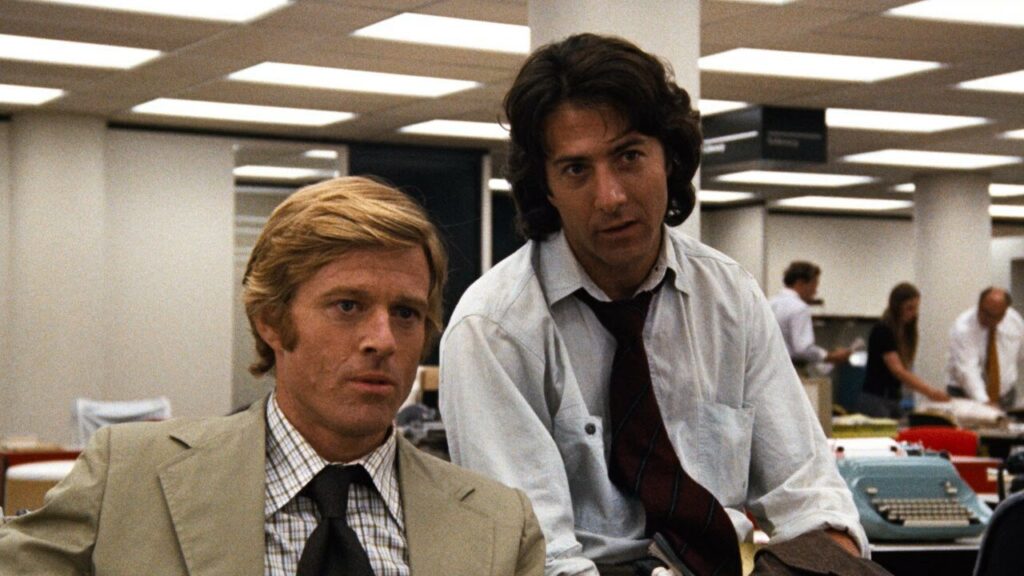
7. Investigative Journalism on Screen: ‘All the President’s Men’ (1976)
Robert Redford took on another iconic and historically significant role in the 1976 political thriller, “All the President’s Men.” He starred as the intrepid Washington Post reporter Bob Woodward, whose groundbreaking investigation into the Watergate scandal, alongside Carl Bernstein, captivated a nation. Redford’s portrayal brought a compelling realism to the character, depicting the dedication and relentless pursuit of truth that characterized the journalists’ work. The film became an urgent and powerful cinematic document of a pivotal moment in American history.
This gripping film, which chronicled the efforts of Woodward and Dustin Hoffman’s Carl Bernstein, received near universal acclaim upon its release. Audiences and critics alike praised its meticulous detail, taut direction, and the phenomenal performances of its lead actors. The film’s dedication to factual accuracy and its suspenseful narrative made it an instant classic, lauded not just as entertainment but as an important piece of historical filmmaking. Its impact was felt deeply across the country, highlighting the critical role of journalism.
“All the President’s Men” went on to win four Oscars, solidifying its place as a critically revered masterpiece and an American classic. Its themes of governmental corruption, journalistic integrity, and the power of truth resonated deeply then and continue to do so today. The film’s success was a testament to Redford’s discerning eye for projects that were not only entertaining but also socially conscious and deeply impactful, aligning with his emerging activism.
Photos from the film’s premiere in Washington on April 5, 1976, show Redford engaging with the real-life figures he portrayed, including Bob Woodward, and alongside his co-star Dustin Hoffman and Carl Bernstein. These images underscore the authenticity that Redford brought to the project and his respect for the story’s real-world implications. This role remains one of his most memorable, showcasing his commitment to bringing important, true-life narratives to the big screen with integrity and conviction.
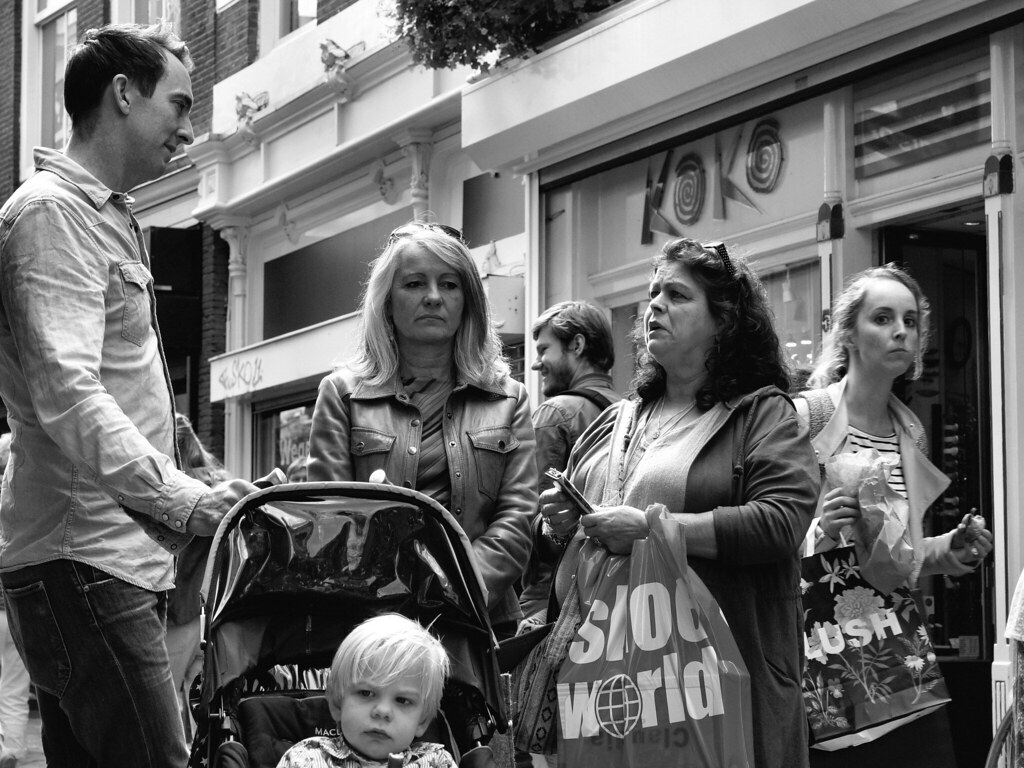
8. His Directorial Debut and Oscar Win: ‘Ordinary People’ (1980)
While audiences adored Robert Redford for his captivating on-screen presence, a new chapter of his career began to unfold behind the camera. In 1980, Redford made a remarkable directorial debut with the film “Ordinary People,” a poignant drama that resonated deeply with critics and moviegoers alike. This powerful story, exploring the aftermath of a family tragedy, showcased Redford’s keen eye for intimate storytelling and his ability to draw out profound performances from his cast.
“Ordinary People” was an undisputed critical and commercial success, immediately establishing Redford as a formidable director. It garnered immense acclaim for its sensitive portrayal of grief, mental health, and fractured family dynamics. The film went on to win an impressive four Academy Awards, signaling its profound impact and artistic merit within the industry, proving Redford’s talent extended far beyond acting.
Among its many accolades, Redford himself received the highly coveted Oscar for Best Director. This triumph was not merely a personal victory but a definitive statement that he was a filmmaker of substance and vision. Holding his Oscar in 1981, Redford solidified his place as a versatile artist who could craft compelling narratives from both sides of the lens, forever altering the trajectory of his already stellar career.
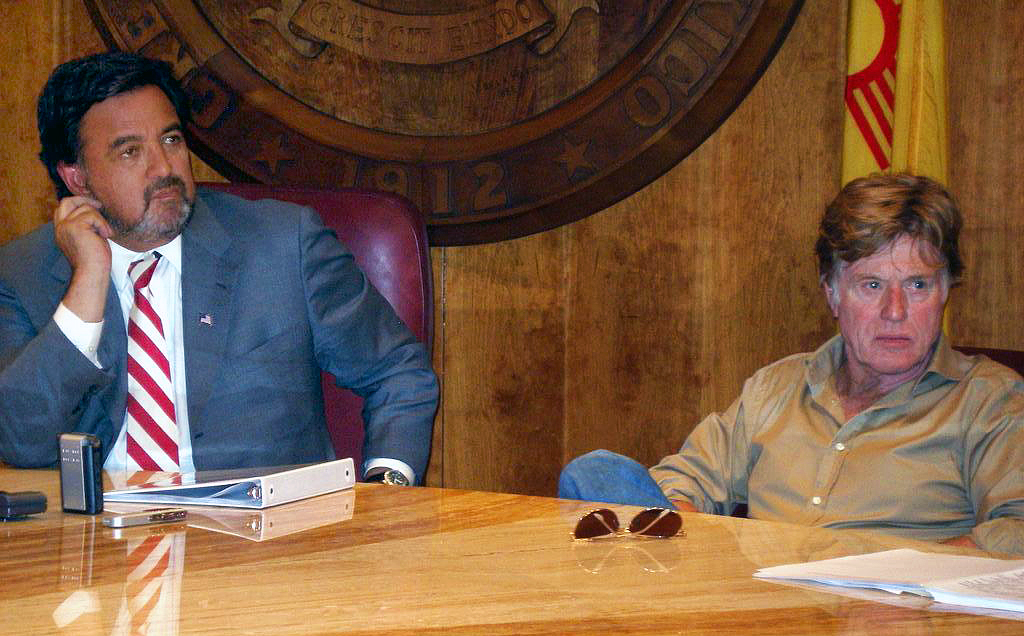
9. The Visionary: Founding and Nurturing the Sundance Film Festival (from 1978 onwards)
Beyond his acting and directing triumphs, Robert Redford left an even more profound legacy by fostering an entirely new landscape for independent cinema. His vision came to life with the founding of the Sundance Film Festival, initially launched in 1978 under the name Utah/U.S. Film Festival. What began as a modest endeavor to showcase regional filmmaking quickly evolved into a global phenomenon, championed by Redford’s unwavering dedication.
Sundance, based in Park City, Utah, grew exponentially, becoming the world’s most prominent platform for independent filmmakers. It provided a crucial launchpad for countless directors, writers, and actors who might otherwise have struggled to gain recognition in mainstream Hollywood. Redford’s leadership ensured that the festival remained true to its mission: celebrating authentic storytelling and diverse voices, radically shifting the industry’s focus.
Throughout the decades, Redford remained the guiding spirit of Sundance, frequently attending and speaking at the festival, as captured in photographs from 1994, 2003, and 2020. His presence symbolized a commitment to artistic integrity and innovation. The festival not only nurtured emerging talent but also enriched global cinema by introducing groundbreaking works and challenging conventional filmmaking norms, truly embodying Redford’s artistic and independent spirit.
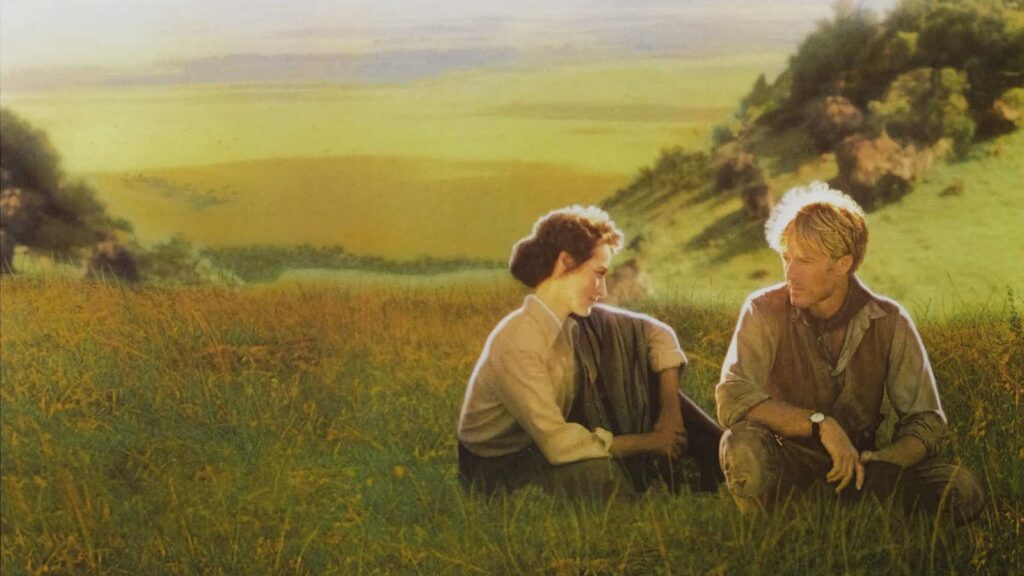
10. Epic Romance and Global Acclaim: ‘Out of Africa’ (1985)
Returning to the screen as an actor, Robert Redford captivated audiences in another sweeping romantic drama, “Out of Africa,” released in 1985. Directed by his frequent collaborator Sydney Pollack, this epic tale paired Redford with the incomparable Meryl Streep. The film, set against the breathtaking landscapes of colonial Kenya, recounted the true story of author Isak Dinesen’s life and her passionate romance with a big-game hunter.
Redford and Streep were undeniably at their peaks, delivering performances that were both powerful and deeply nuanced. Their on-screen chemistry brought an unforgettable intensity to the story, making their romance one of cinema’s most enduring. The film’s lavish production values, stunning cinematography, and compelling narrative contributed to its universal appeal, drawing in viewers worldwide with its grandeur and emotional depth.
“Out of Africa” became a cinematic landmark, earning widespread critical acclaim and achieving massive box office success. Its profound storytelling and breathtaking visuals led to its triumph at the Academy Awards, where it won seven Oscars, including the coveted Best Picture. This film further solidified Redford’s status as a leading man capable of anchoring immense productions and delivering performances that resonated deeply with global audiences.
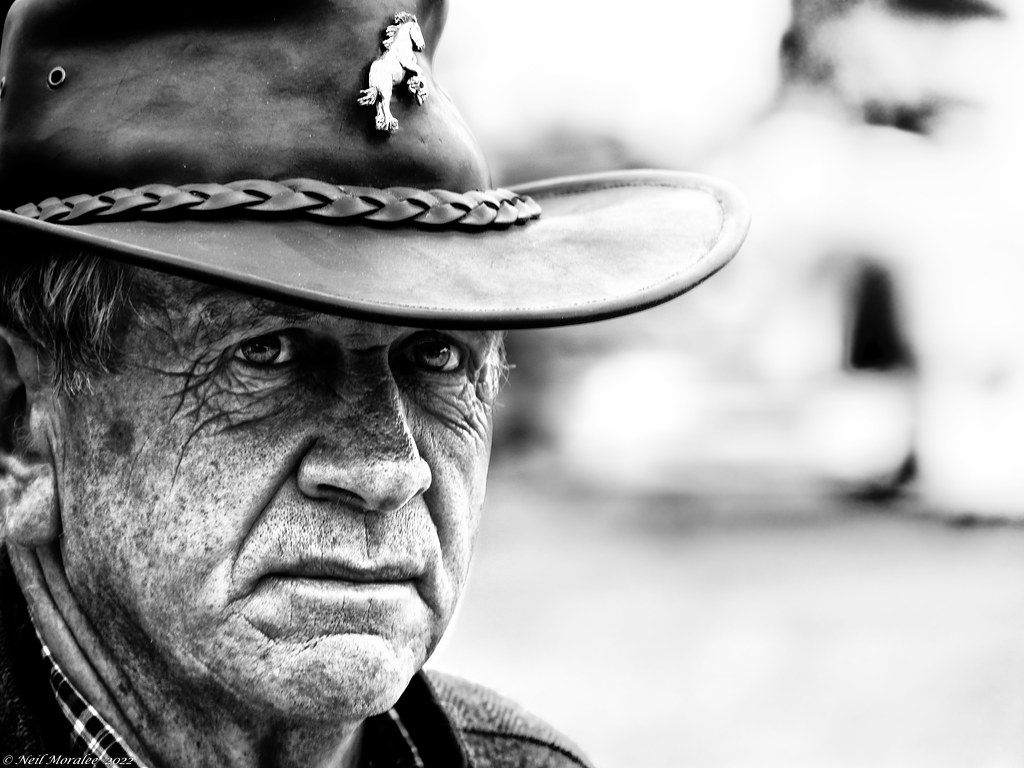
11. The Modern Western and Continued Directing: ‘The Horse Whisperer’ (1998)
Robert Redford’s artistic journey continued to evolve as he frequently moved between acting and directing, often combining both roles in his projects. In 1998, he helmed and starred in the Western drama “The Horse Whisperer,” a film that beautifully explored themes of healing, connection, and the restorative power of nature. Redford played the titular horse whisperer, a man with a unique gift for rehabilitating troubled horses and their riders.
This film offered a compelling narrative that blended the rugged spirit of the American West with a deeply emotional human story. It also featured a noteworthy early performance from Scarlett Johansson, though it was, in fact, her seventh screen role, it brought her significant attention. Redford’s direction imbued the film with a sense of quiet grace and authenticity, showcasing his consistent ability to tell stories that are both visually stunning and emotionally rich.
“The Horse Whisperer” was another testament to Redford’s versatile talents and his preference for projects with substance. He crafted a compelling narrative that resonated with audiences, reaffirming his dedication to filmmaking that was thoughtful and impactful. The film underscored his lasting influence, not just as an actor, but as a director with a distinctive artistic voice capable of creating memorable and meaningful cinematic experiences.
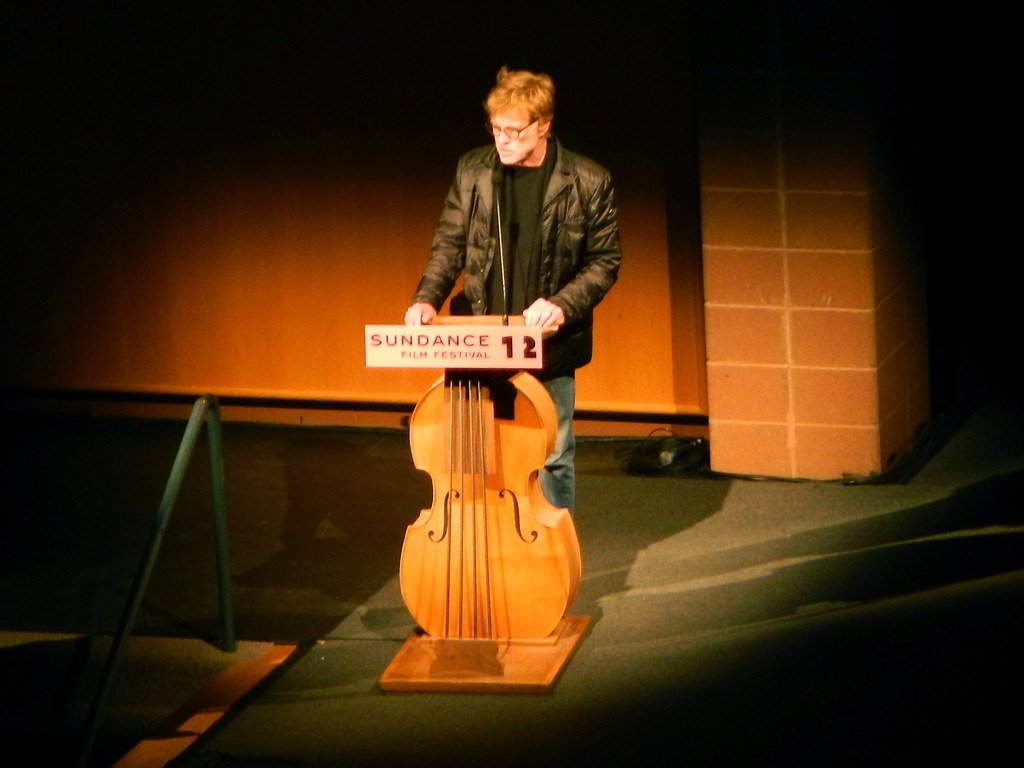
12. **A Lifetime of Achievement: Receiving the Academy Honorary Award (2002) and Presidential Medal of Freedom (2016)**
As Robert Redford’s career extended into the new millennium, his immense contributions to cinema and culture were recognized with some of the highest honors imaginable. In 2002, he was presented with an Honorary Academy Award for lifetime achievement. This prestigious recognition celebrated his unparalleled artistic journey, acknowledging his multifaceted impact as an actor, director, and advocate for independent film. It was a fitting tribute to a career defined by excellence and innovation.
During the emotional ceremony, Redford reunited with his beloved ‘The Way We Were’ co-star, Barbra Streisand, adding a layer of poignant nostalgia to the occasion. Their shared moment on stage highlighted the deep connections and enduring legacies forged throughout his decades in Hollywood. It was a beautiful reflection of the profound mark he had made on the industry and the hearts of audiences worldwide, showcasing his lasting charm.
Adding to his esteemed accolades, President Barack Obama presented Redford with the Presidential Medal of Freedom in Washington on November 22, 2016. This highest civilian honor recognized not only his artistic brilliance but also his dedicated activism and unwavering commitment to environmental causes and social justice. This medal cemented his status as a true American icon whose influence transcended the silver screen, leaving an indelible mark on society itself.
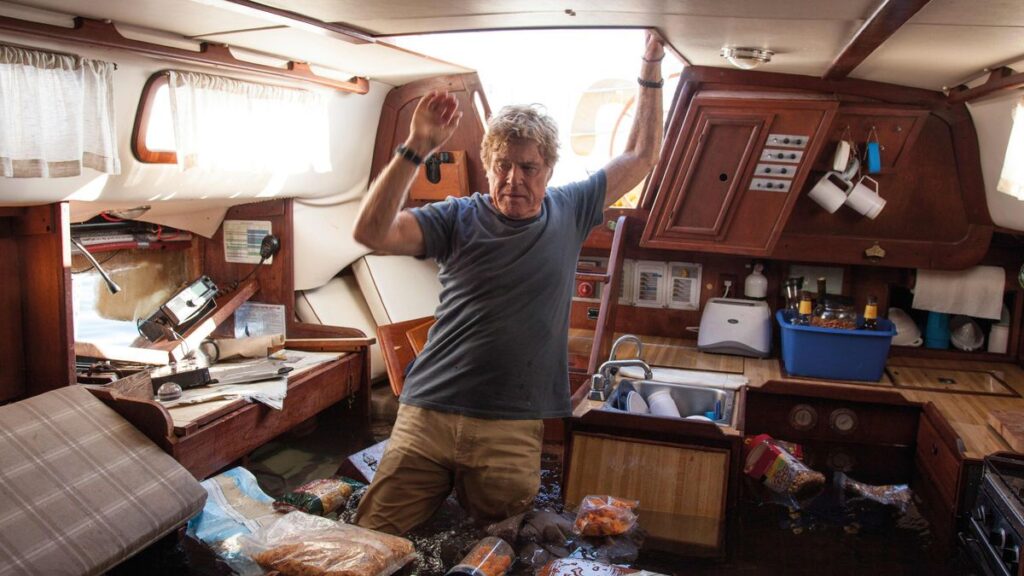
13. Solo Performance and Critical Acclaim: ‘All Is Lost’ (2013)
Even in his later years, Robert Redford continued to challenge himself and deliver performances that astounded critics and audiences alike. In 2013, he starred in the survival drama “All Is Lost,” a film that stood out for its unique artistic approach. Redford played a lone man lost at sea, navigating a harrowing battle against the elements with virtually no dialogue.
This minimalist yet incredibly powerful role allowed Redford to showcase his profound acting prowess, relying almost entirely on physical expression and raw emotion. His portrayal was a masterclass in non-verbal storytelling, conveying the man’s desperation, resilience, and ultimate surrender with compelling authenticity. It was a testament to his ability to command the screen with subtle nuances and immense gravitas, even without words.
The film earned widespread critical acclaim, with many praising Redford’s singular performance as one of the highlights of his career. He received a Golden Globe nomination for Best Actor and won the prestigious New York Film Critics Circle Award for Best Actor. “All Is Lost” reaffirmed that Redford, even as an elder statesman of Hollywood, possessed an undiminished talent and a fearless approach to his craft, constantly pushing creative boundaries.
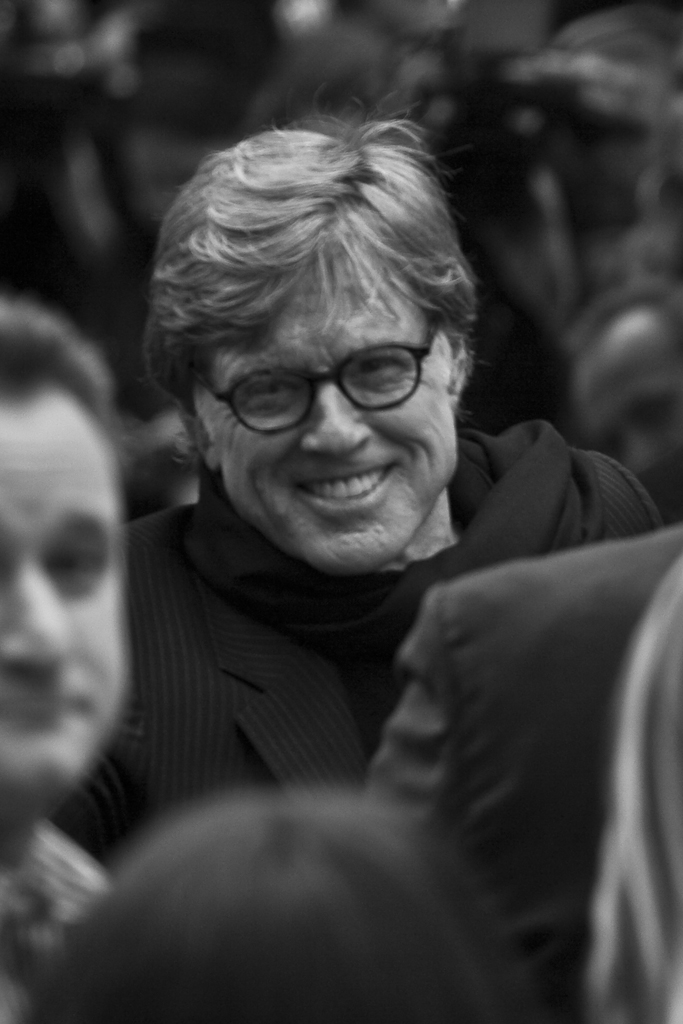
14. Graceful Farewell: ‘The Old Man & the Gun’ (2018) and a Legacy Beyond the Screen
In 2018, Robert Redford announced his intention to “move toward retirement” after the film “The Old Man & the Gun.” This charming caper, based on the true story of an elderly bank robber, provided a fitting and poignant swansong for an actor renowned for his charisma and integrity. Redford’s performance was hailed as a final, elegant display of the effortless charm and nuanced depth that defined his entire career, leaving audiences wishing for more.
While “The Old Man & the Gun” was designated as his final acting role, Redford continued to make memorable appearances, including a reprisal of his role as Alexander Pierce in “Avengers: Endgame.” He also shared the screen with his frequent co-star Jane Fonda in “Our Souls at Night” (2017), a tender reunion that showcased their enduring chemistry. His final on-screen appearance came in a March 2025 episode of the AMC show “Dark Winds,” bringing a gentle close to his acting journey.
Robert Redford’s career was a magnificent tapestry woven with iconic roles, groundbreaking directorial achievements, and the profound impact of the Sundance Film Festival. His passing on September 16, 2025, at the age of 89, marked the end of an era. Yet, his legacy, encompassing his dedication to artistic integrity, his environmental activism, and his vision for independent cinema, will undoubtedly continue to inspire generations of filmmakers and audiences around the world. He was, and forever will be, a true legend of Hollywood, a man who left an indelible mark not just on film, but on culture itself.
Robert Redford’s enduring influence lives on in every film he touched, every independent voice he uplifted through Sundance, and every cause he passionately championed. He crafted a career not merely of stardom, but of profound artistic contribution, leaving us with a rich body of work that will continue to resonate for years to come. His story is a testament to what a single artist can achieve when talent, vision, and integrity align to shape the world of storytelling.



